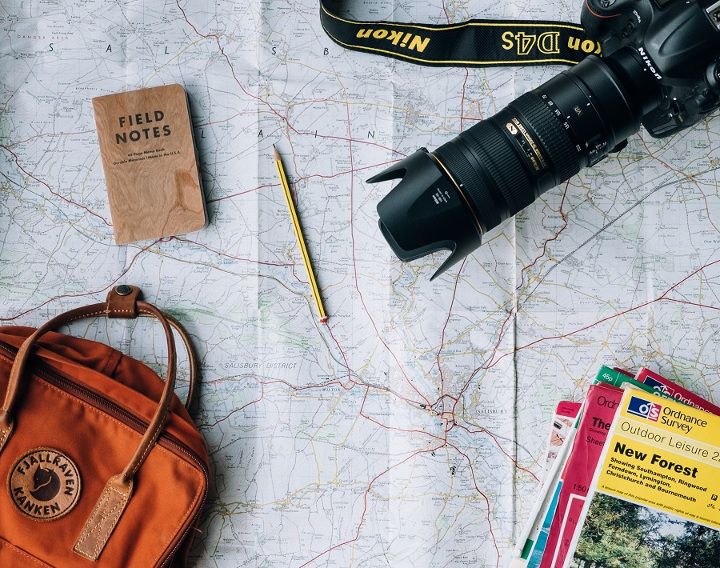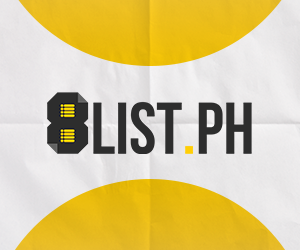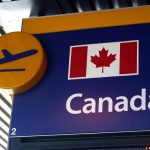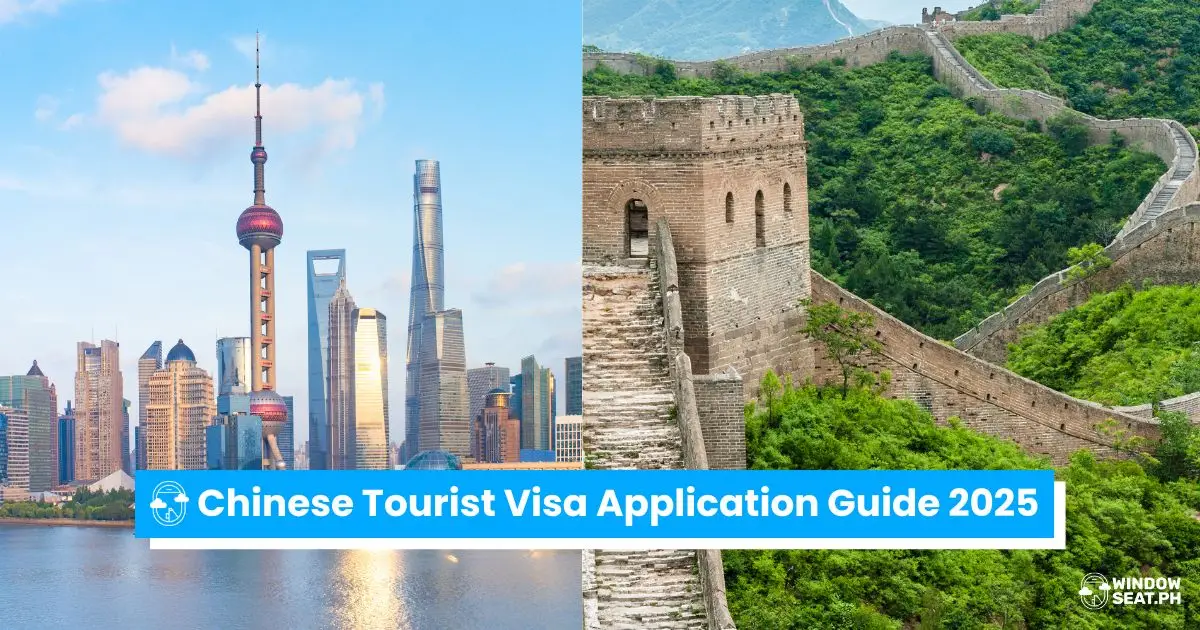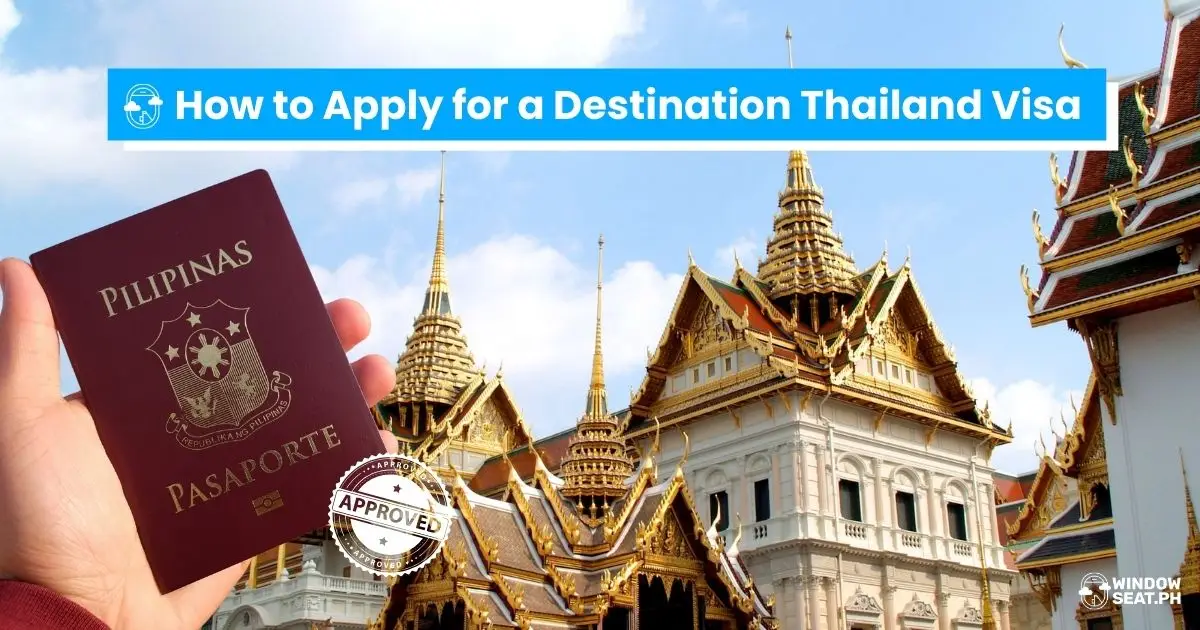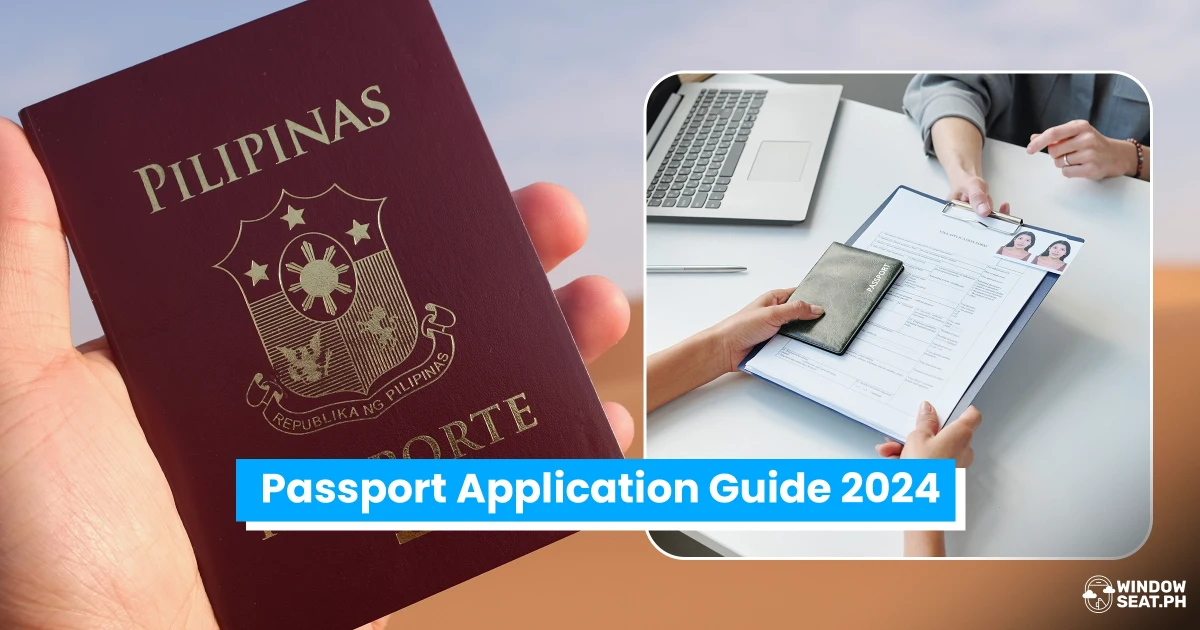5 Things You Should Know at Least 6 Months before Applying for a Visa
Here's how you make the application process as stress-free as possible.
by Jozza Alegre Palaganas | May 19, 2017

While Pinoys are more mobile than ever, visa travel is still an obstacle we’re very familiar with. We all know that this makes planning a trip twice as tedious as and more expensive than if a visa weren’t required.
While the process, requirements and fees vary depending on where you want to go, here we talk about the general FAQs that will help you go about planning and working on your application.
AT LEAST SIX MONTHS BEFORE:
Do you need to renew your passport?
Generally, your passport must be valid at for least six months after your intended date of entry. But, if you’re planning to stay long, say over 30 days, better play safe and make sure that your passport is valid at least six months after the end of your stay.
Additionally, make sure you have enough blank pages on your passport, too! Most embassies will only require two (front and back, to put the visa), while some will require four to six.
How much should you have in your bank account?
When you apply for a visa, one of the major requirements will be bank statements from the last three to six months. The tricky part is most embassies won’t explicitly tell you how much you should have in your savings account.
To approximate, check out sites like numbeo.com to see the cost of living in the country you’re going to, get the daily rate, add the daily cost of accommodation, round it up and multiply by the total number of days of your stay — that’s the minimum amount that should be in your bank account if you’re spending for your trip.
But more than the amount of money you’ll need for the trip, keep in mind that embassies ask for bank statements to see the following things:
- Your account history, e.g. your spending habits as recorded by the deposits and withdrawals you make; and,
- That you’ll still have enough money for when you go back home.
This means that, to be on the safe side, having over the minimum amount will not be enough — especially if this amount is deposited to your account in bulk.
What else do you need to show?
Another major requirement embassies ask for is proof of income. If you’re employed, you’ll be asked to submit a certificate of employment, and in conjunction a certificate of leave of absence for the period you’ll be away. If you’re self-employed, you’ll be asked to submit your business’ registration papers.
When planning your visa application, always remember that you need to be able to prove that you have more reason to come back home than stay in the country you’re visiting. So, if you can, bring other documents to help your case — this can be your most recent 2316, proof of properties/stocks you own, etc.
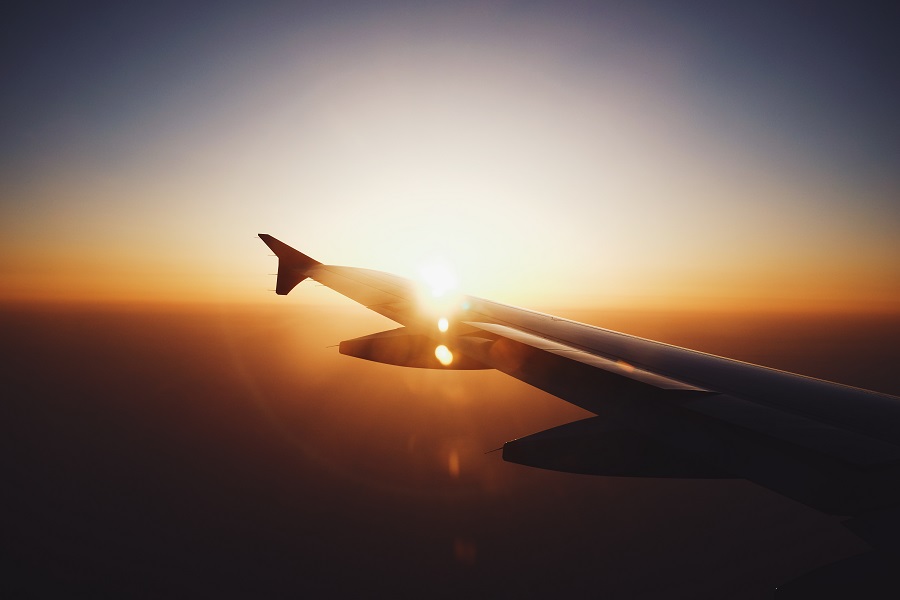
AT LEAST THREE MONTHS BEFORE:
How do you start planning your itinerary?
Along with the other requirements mentioned above, you’ll need to submit a trip itinerary. This should show the details of your flights, the address of the places you’ll be staying in (and an invitation letter if you’re staying with friends/relatives), and your intended transfers within cities, or countries (if you’re traveling across the EU).
Some visa applications (e.g. Schengen for traveling to the EU) will require confirmed flights to your point of entry and back to the Philippines, along with confirmed bookings of your accommodations for each night.
When planning your itinerary, make sure you figure in factors like time zones (and daylight savings!), and currency. And if you don’t want to take the risk of paying for flights and accommodations before you get your visa, check which airlines hold refundable confirmations for flights (major airlines usually have a 24-hour rule), and some accommodation booking sites like Booking.com have refundable and pay-when-you-stay deals.
Pro tip: Schengen states normally don’t issue multiple entry visas to first-time applicants. This isn’t always the case but say you’re doing a UK-EU trip, it’s safer to design your itinerary in a way that doesn’t require more than one entry to the EU.
What’s the application process like?
The application process varies depending on the country you’re planning to visit. Most, if not all, embassies will require personal appearance, some will do an interview (like the US embassy), while some (like the UK and French embassies) will only require you to appear to take your biometric data and submit your documents.
In cases that don’t require an interview, they’ll usually require a cover letter where you talk about why you want to visit and other details of your trip (e.g. if you’re visiting friends or relatives). This sounds obvious but make sure you don’t forget to say why you want to go (and maybe even go as far as justify how the trip will impact you as a person). They can refuse your application if they find that there isn’t enough information to justify the purpose of your visit.
As for where to apply, most countries have moved their visa services to third-party companies like VFS Global. This has allowed embassies and consulates to streamline and speed up their visa application process. But, the duration of an application still varies per country. For example, a UK tourist visa decision normally takes up to three weeks, up to 34 days for an Australia tourist visa, a week for a Japan tourist visa, while a Schengen application through France normally only takes two days.
Pro tip: For safety purposes, make sure you have multiple copies of your documents, including the data page of your passport. Also, the earlier you apply — which is usually up to three months before your intended date of departure — the better.
Got more tips? Post them in the comments!



